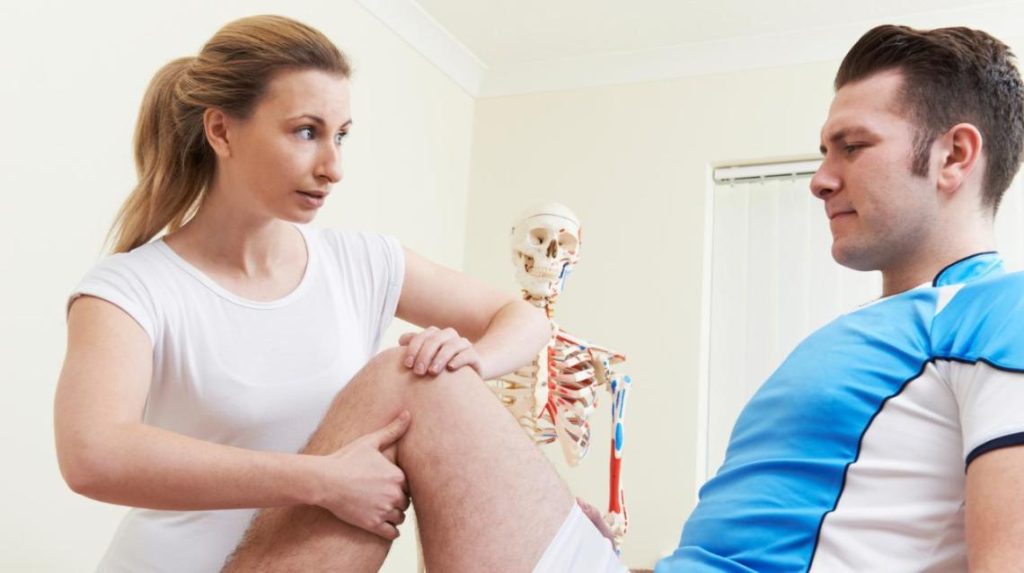
When standing with their knees together, an individual with knocked knees (genu valgum) has a huge disparity between their feet. Several young children have blow-up legs, which are most perceptible around the age of four. It’s almost always a normal part of growing up, and their legs should straighten by the age of 6 or 7. Slight knock knees can persist into adulthood, but this is usually not a cause for alarm unless it creates other issues. On the other hand, my Knock Knee Fix can be a symptom of an underlying condition requiring treatment, especially if the patient group includes children or the elderly and the condition does not improve over time.
How are knocked-knees identified?
Your child’s doctor will examine the position of his or her legs, knees, and ankles to assess the severity of knock knees. They may also take measurements between your child’s ankle bones. Children with a greater distance between their ankles have a more severe case of the condition. Doctors typically consider the following factors when determining whether a child under the age of seven has knocked knees: Weight, BMI, height, and length of the child’s knees as they extend and rotate their legs, leg lengths, and symmetry of walking pattern
What are the possible treatments for knocked-out knees?
Most youngsters with knocked-knees do not require medical treatment. Close observation is the most common intervention for people aged 2 to 5 years. By the age of seven, up to 99 percent of kids with knocked-knees have outgrown the condition. Children are not required to refrain from physical exercise, wear collars or special shoes, or conduct any special exercises.

Non-surgical treatment options for knocked knees
If your child has severe, unresolved knock knees, their doctor will first rule out other underlying conditions. If this is the case, my Knock Knee Fix treatment will concentrate on addressing the underlying condition. Many cases of rickets, for example, can be treated with vitamin D and calcium supplements.
Surgical Treatment Options for Knocked Knees
If natural growth does not correct one child’s knocked knees, their doctor may recommend surgery’s knocked knees are usually not a reason for worry and should keep improving as your individual gets older.
Treatments for knock knees
In most cases, knocked-knees do not require treatment because the problem resolves itself as a child grows. Your child is not required to refrain from physical activity, wear supportive leg braces or shoes, or perform any special exercises. Mild knock knees that prove to be difficult do not receive surgery unless they create problems, such as knee osteoarthritis.




